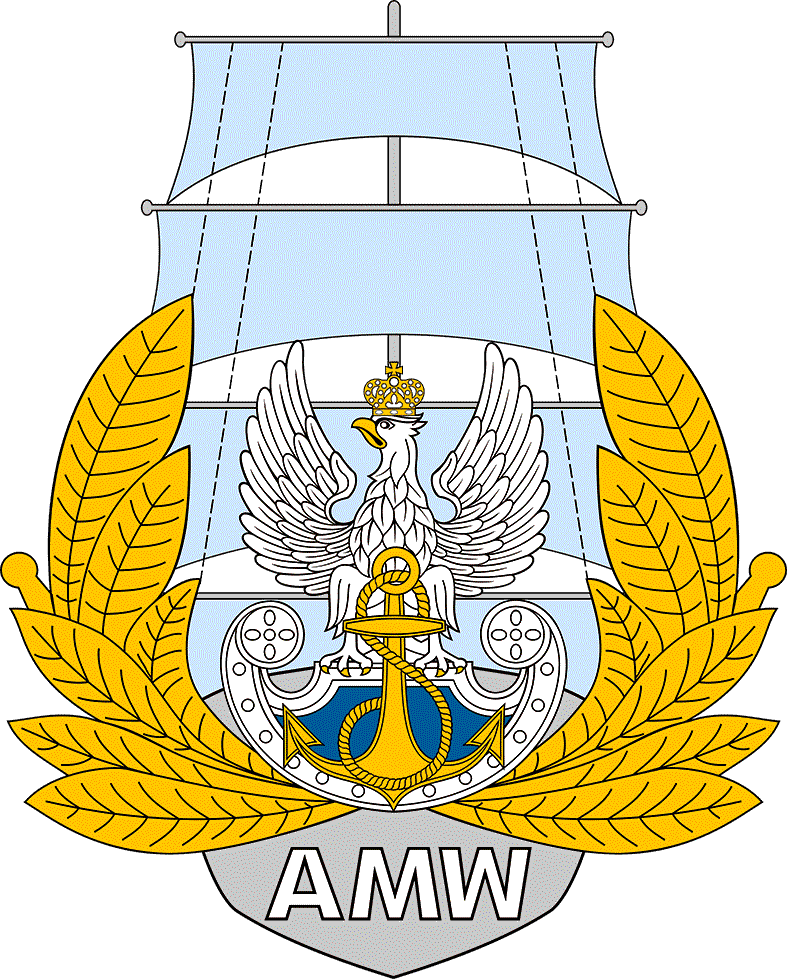INFRASTRUCTURE AND MEANS OF MARITIME TRANSPORT MOST COMMONLY ATTACKED BY TERRORISTS IN THE YEARS 1961–2022
DOI:
https://doi.org/10.34813/03coll2024Keywords:
maritime transport means and objects, maritime terrorism, cyberterrorismAbstract
The article discusses infrastructure and means of maritime transport most often attacked by terrorists. The introduction presents methodological assumptions, including the aim, research problem, and research hypothesis, as well as research methods. Sea transport, including the terminology, the advantages and disadvantages of sea transport was characterized in the first part of the article. The second part of the work discusses the basic terminological differences between maritime terrorism and piracy, as well as legal aspects and their imperfections. Characteristics of the most important terrorist attacks on the means and objects of maritime transport have been made. The research problem has been solved and the research hypothesis has been positively verified.
References
Archival sources
BBC News (2011), Pakistan: Troops end attack on Karachi naval base, https://www.bbc.com/news/world-south-asia-13495127.
European Railway Agency (2013). Intermediate report on the development of railway safety in the European Union.
Global Terrorism Index (2022, 2023). GTI-2022-web-04112022.pdf (access: 02.03.2022), https://www.economicsandpeace.org/wp-content/uploads/2023/03/GTI-2023-web.pdf (access: 14.03.2023).
Informacyjny Serwis Biznesowy (2021), Za sprawą cyberprzestępców niespokojnie na światowych wodach, https://www.isbtech.pl/2021/12/za-sprawa-cyberprzestepcow-niespokojnie-na-swiatowych-wodach/ (dostęp: 17.12.2021).
Key trends shaping maritime transport, Review of Maritime Transport (RMT), New York (2022).
Konwencja o morzu pełnym sporządzona w Genewie dnia 29 kwietnia 1958 r. Dz. U. 1963, nr 33, poz. 187.
Scientific publications
Hołowiński, M. (1961). Ekonomika transportu morskiego w zarysie. Wydawnictwo Morskie.
Jenisch, U. (2010). Schifffahrt und Terrorismus - erste Antworten auf neuen Risiken. Hansa, 11, 52–57.
Kalitowski, S. (2007). Największe akty terroryzmu morskiego na świecie. http://www.terroryzm.com/terroryzm-morski (access: March 21, 2007).
Kalitowski, S. (2010). Morski terroryzm. Special Operations, 7–8.
Kalitowski, S. (2020), Terroryzm na morzu. Coraz więcej porwań dla okupu. https://polska- morska.pl/2020/08/25/terroryzm-na-morzu-coraz-wiecej-porwan-dla-okupu/ (access: August 25, 2020).
Kovacs, E. (2023). Maritime Cyberattack Database Launched by Dutch University. The NHL Stenden University of Applied Sciences. https://www.securityweek.com/maritime-cyberattack-database-launched-by-dutch-university/ (access: 25.07.2023).
Kubiak, K. (2009). Przemoc na oceanach. Współczesne piractwo i terroryzm morski. Wydawnictwo TRIO, Centrum Europejskie Natolin.
Liedel, K., Piasecka, P. (2008). Jak przetrwać w dobie zagrożeń terrorystycznych. Elementy edukacji antyterrorystycznej. Wydawnictwo Trio Collegium Civitas.
Lind, M., Watson, R.T., Bergmann, M., Ward, R., Andersen, N.-B., Jensen, T., Haraldson, S., Zerem, A., Rosemann, M. (2018). Digitizing the maritime eco-system – Improving door- to-door coordination via a digitized transport chain. STM Validation Project.
Melnyk, O., Onyshchenko, S., Onishchenko, O., Shumylo, O., Voloshyn, A., Koskina, Y, Vo- lianska, Y. (2022). Review of Ship Information Security Risks and Safety of Maritime Transportation Issues. The International Journal on Marine Navigation and Safety of Sea Transportation, 16(3), 717–722. https://doi.org/10.12716/1001.16.04.13
Mickiewicz, P. (2010). Terroryzm morski i piractwo. Analiza zjawiska i formy przeciwdzia- łania na wybranym przykładzie. Przegląd Bezpieczeństwa Wewnętrznego, 10(2), 44.
Mirowski, W. (1996). Studia nad infrastrukturą wsi polskiej. Wyposażenie obszarów w infrastrukturę społeczną. Vol. 3. PAN Instytut Rozwoju Wsi i Rolnictwa.
Parfomak, P., Frittelli J. (2007). Maritime Security: Potential Terrorist Attacks and Protection Priorities. May 14. CRS Report for Congress.
Psaraftis, H.N. (2021). The Future of Maritime Transport. International Encyclopedia of Transportation (TRNS), 5. https://doi.org/10.1016/B978-0-08-102671-7.10479-8
Rajput, A. (2022). Maritime Security and Threat of a Terrorist Attack. Pace International Law Review, 34(2), 1–62. https://doi.org/10.58948/2331-3536.1418
Rodrigue, J.-P. (2017). Maritime Transport, The International Encyclopedia of Geography. March 6. https://doi.org/10.1002/9781118786352.wbieg0155
Rydzkowski, W., Wojewódzka-Król, K. (2008). Transport. PWN.
Salomon, A. (2014). Ekonomika transportu morskiego. Wykład 1. Akademia Morska w Gdyni. http://akademor.webd.pl/download/ETM_w01ns.pdf (access: 17.01.2014).
Schneider, P. (2020). Recent Trends in Global Maritime Terrorism, IOS Press.
Sitarz, M., Chruzik K., Grabon M., Gamon W. (2013). Stan bezpieczeństwa na kolei w Unii Europejskiej 2013. Technika Transportu Szynowego, 45(9), 45.
Snoddon, R. (2007). Piracy and Maritime Terrorism. In P. Lehr (editor). Violence at Sea. Pi- racy in the Age of Global Terrorism (228). Routledge.
Tarski, I. (1973). Ekonomika i organizacja transportu międzynarodowego. PWE, Warszawa.
Wardin, K. (2009). Współczesne piractwo morskie zagrożeniem dla międzynarodowego transportu morskiego. Zeszyty Akademii Marynarki Wojennej, 178(3).
Zelenkova, M., Laamartia, Y., Charaevab, M., Rogovaс, T., Novoselovad, O., Mongush, A. (2022). Maritime terrorism as a threat to confidence in water transport and logistics systems. Transportation Research Procedia, 63, 2259–2267. https://doi.org/10.1016/j.trpro.2022.06.256
Downloads
Published
Issue
Section
License
Copyright (c) 2024 Gabriel Nowacki

This work is licensed under a Creative Commons Attribution-NonCommercial-NoDerivatives 4.0 International License.






